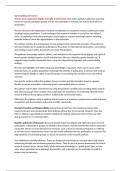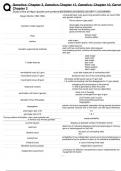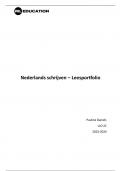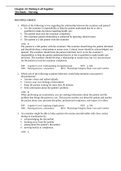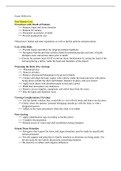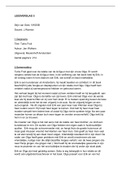Samenvatting
Samenvatting Alles wat je nodig hebt voor ODG (toets 3)
- Vak
- Instelling
Dit is een samenvatting van de artikelen en van de hoorcollege aantekeningen voor toets 3. Artikel 1; Science must respect the dignity and right of all humans. Artikel 2; Communication as a moral vocation: Safe space and freedom of speech: David W. Hill. Artikel 3; FREE SPEECH AND THE DIVERSE UNIVE...
[Meer zien]
